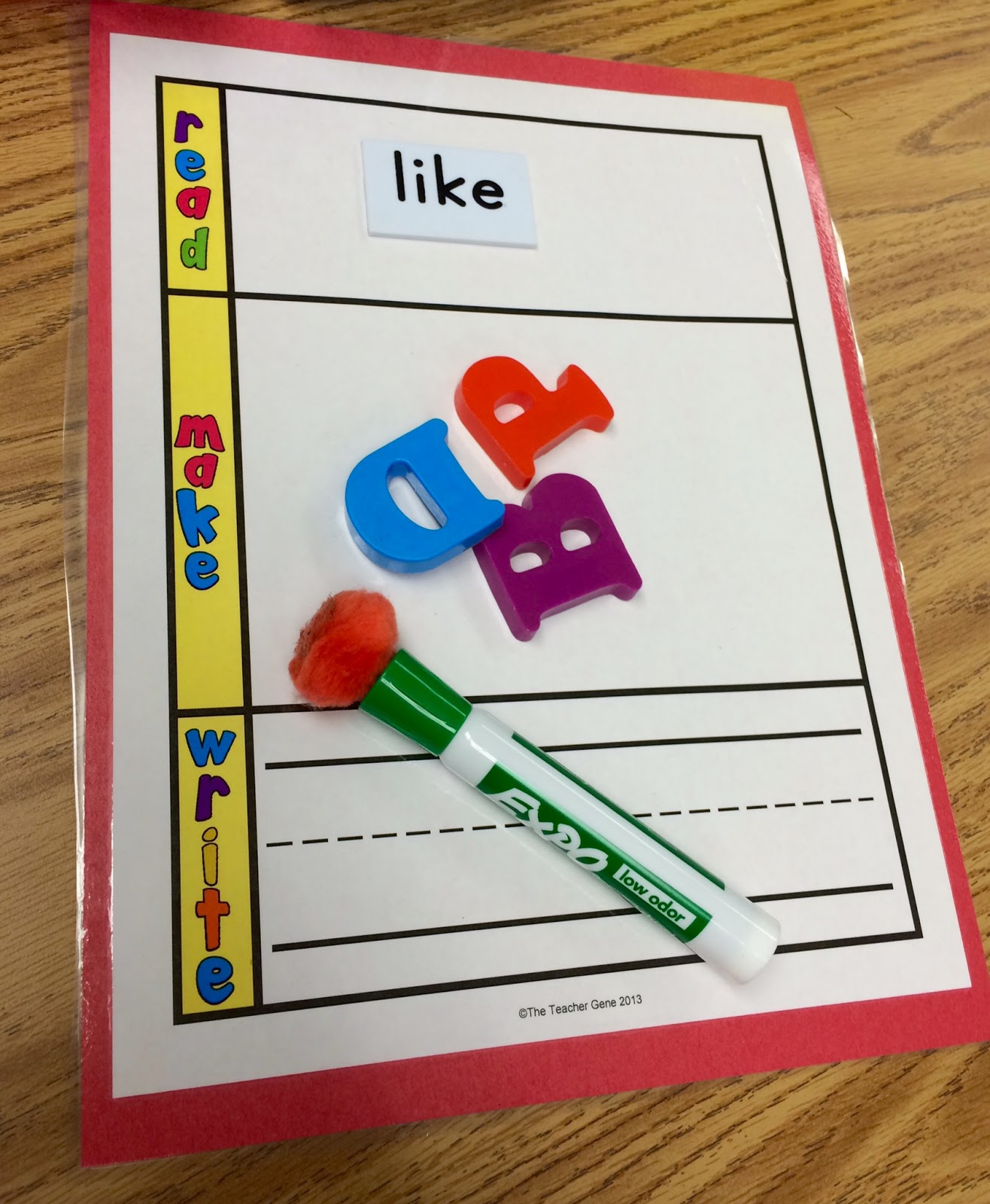

(Some Elements preparatory lessons are used later, before the third and fifth units.) You might move through them quickly or even skip them if students already understand the concepts.Ĭourses were designed for classrooms but will work fine with a single student. For Elements, the activity pages are in an appendix within the student workbook. The activity pages are in the separate, 20-page Foundations Basics workbook. In Foundations, these lessons introduce the concepts of compound words, prefixes, and suffixes. The first course in both Foundations and Elements begins with some preparatory lessons that differ from the format described. Students needing remedial work might start at the lower level even if beyond fifth grade. Notice that fifth graders could start in either series. That means that students in grades 2-5 should start with Foundations 1 and students in grades 5-8 (or above) should start in Elements 1. In addition, students should always start in the first book of either Foundations or Elements. However, Elements might also be used at high school level, so do not adhere strictly to these grade level suggestions. Elements 1, 2, and 3 are suggested for grades 5-6, 6-7, and 7-8 respectively. Elements lessons conclude with a multiple-choice assessment.įoundations 1 and 2 courses are suggested for students in grades 2-4 and 4-5 respectively. The latter activity should be completed interactively while the comprehension page can be done independently at this level.
Word build online plus#
Day four in Elements has two options: a fill-in-the-blanks comprehension activity and/or completing a “word wall” form by listing words along with synonyms and antonyms plus prefixes, suffixes, and roots used in these words. Elements books continue on the third day with a stair-step “puzzle” activity. Lessons conclude with a fill-in-the-blank activity. Foundations lessons continue with a word search activity to create words around the selected affix, using new words derived from the week's affix. Students can self-check because the numbers in the Magic Square should all add up to the same sum when added horizontally or vertically. By properly connecting words and their definitions, students identify which number goes in each square of the Magic Square. The second page of Elements lessons and the third page of Foundations lessons feature a Magic Square puzzle. In the Foundations books, the second page of each lesson continues with an exercise to combine the featured affix with other word elements, come up with definitions, then write meaningful sentences using each word. Discussion is required to ensure that students have correctly grasped the meanings of words. Students begin by creating words from these elements and coming up with their own definitions. In the three Elements courses students learn the 93 most-commonly used roots from Latin and Greek along with prefixes and suffixes that form those roots into thousands of words.Įach lesson in Foundations begins with an “Affix Square,” a 3-by-3 block of nine squares while Elements lessons begin with a similar "Roots Square." The center square contains the prefix, suffix or root surrounded by words or word elements in the other eight squares. Students study compound words, prefixes and suffixes, and they learn spelling and grammar rules for adding suffixes and prefixes.
In the two Foundations level courses, vocabulary study is based on common words taken from content-area textbooks. The WordBuild® Vocabulary Development System is a vocabulary program that incorporates Dynamic Literacy's trademarked WordBuild® method.

Reading and Phonics Parent Resources and Other Helps.Publishers Offering Courses for Many Languages.Ungraded, Multi-level Resources - Composition.Ungraded, Multi-level Resources - Grammar.Ungraded, Multi-level Resources - Comprehensive.Catholic Programs, Publishers, and Web Links.Bible & Religion Parent & Family Resources.


 0 kommentar(er)
0 kommentar(er)
